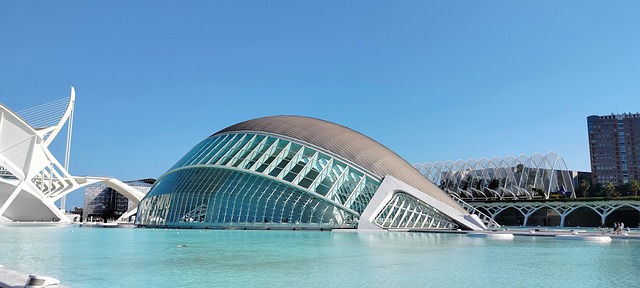In recent years, the technological landscape has undergone a transformation, particularly in the domain of immersive software. The convergence of virtual reality (VR), augmented reality (AR), and the burgeoning concept of the metaverse has opened new frontiers in how we experience and interact with digital environments.
Virtual reality has captivated our imagination by allowing users to step into fully realized digital worlds. With sophisticated headsets that track our movements and engage our senses, VR offers unparalleled immersion. Gamers can fight their way through fantastical kingdoms, while educators can transport students to ancient civilizations, all from the comfort of their living rooms. This immersive software works its magic by creating experiences that feel real, allowing users to escape and explore beyond the confines of the physical world.
On the other hand, augmented reality enhances our reality by overlaying digital information onto the physical world. Think of Pokémon GO, where players chase virtual creatures that inhabit familiar parks and streets. This engaging integration of the digital with the real allows users to experience a layer of interaction previously reserved for science fiction. AR immerses us in new ways, providing educational tools, navigation aids, and enhanced shopping experiences, merging the boundaries of what we know with endless possibilities.
The metaverse is an evolution of both VR and AR, representing a collective virtual space where people can connect, interact, and create. It encapsulates an expansive digital universe filled with opportunities that transcend individual applications. Imagine attending a concert with fans from around the globe, buying digital real estate, or participating in a virtual economy. As society leans into remote work and digital socializing, the metaverse has emerged not just as a concept but as a potential new frontier of human interaction.
As immersive software continues to evolve, the lines between these realms increasingly blur. Developers are creating expansive virtual ecosystems that seamlessly incorporate aspects of VR, AR, and the foundational elements of the metaverse. The demand for immersive experiences is not just from gamers or tech enthusiasts but from a vast range of industries, including healthcare, retail, and education. These sectors understand that immersive technology can enhance engagement, training, and customer experiences like never before.
The journey of immersion through virtual reality, augmented reality, and the metaverse is just beginning. As hardware becomes more accessible and software more sophisticated, we’re on the verge of a revolution in how we interact with technology. These immersive experiences will soon become a part of our everyday lives, influencing the way we learn, play, and build communities. Embracing this evolution is not just about adopting new technologies; it’s about exploring deeper connections with the world around us, one immersive experience at a time.



